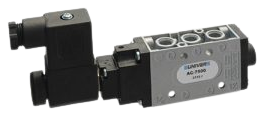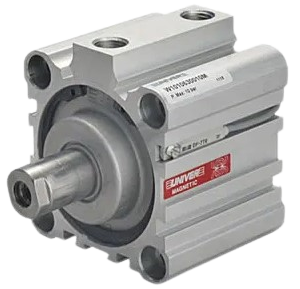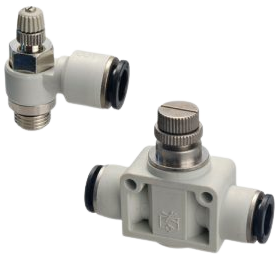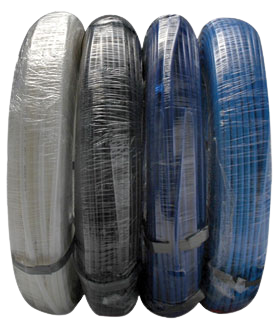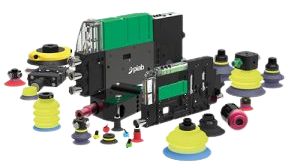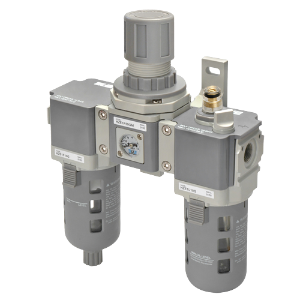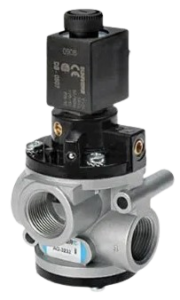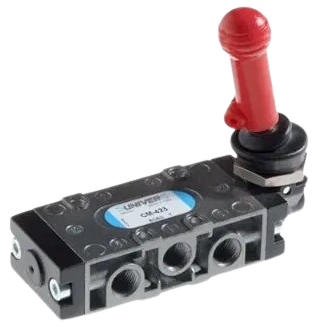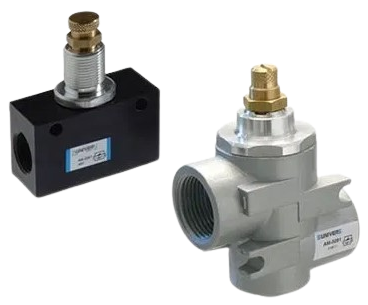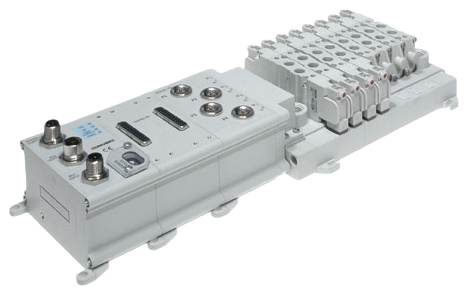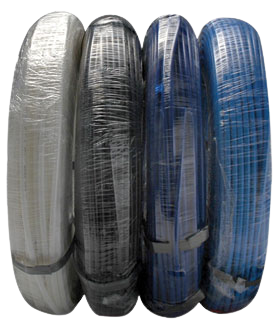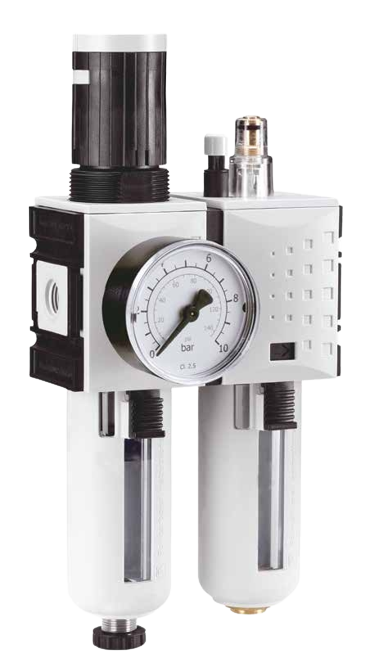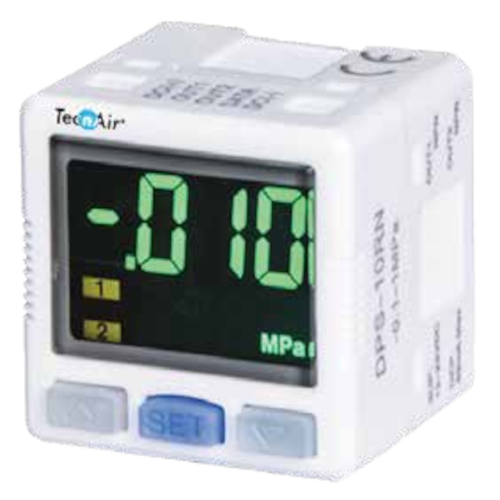Pneumatic Products: Cylinders
Pneumatic cylinders are one of the most commonly used components in pneumatic automation systems and industrial processes. They are used to drive linear motion and translate compressed air power into linear mechanical force and movement.
Types of Pneumatic Cylinders
There are two main types of pneumatic cylinders:

Single-Acting Cylinders
Single-acting cylinders use compressed air to drive the piston in one direction only. Upon exhaust of air pressure, a spring usually returns the piston to its original position. They are suitable when the return stroke does not require power.
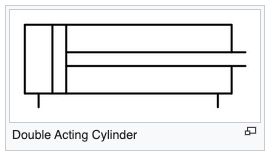
Double-Acting Cylinders
Double-acting cylinders use compressed air to drive the piston in both extension and retraction strokes. Compressed air is alternately supplied to either side of the piston to push it in both directions. They provide powered motion in both strokes.
Components
The main components of a pneumatic cylinder are:
Piston
A sliding component that is acted upon by compressed air and translates it into a linear force.
Cylinder Tube
The body of the cylinder which houses the piston and rod. It contains ports for air supply.
Piston Rod
Attached to the piston and transmits the linear motion out of the cylinder body.
End Caps
Sealed caps at either end of the cylinder tube. They contain air ports and mountings.
Additional features may include cushioning, accessories for mounting, and carriages for linear guidance.
Operation
Compressed air entering the cylinder through regulated ports exerts pressure on the piston surface in contact. This force is transmitted via the piston rod.
For single-acting cylinders, air enters one side only to extend the rod. Exhaust of air allows a return spring to retract the rod.
Double-acting cylinders alternately supply air to either side of the piston, forcing it in both directions for continuous motion applications.
Precision cylinders with cushioning slow the motion near end-stroke to prevent impact. Mounting options vary from foot to foot or trunnion styles.
Pneumatic cylinders provide clean and reliable linear actuation for a variety of industrial tasks like assembly, automation, and material handling. Their operation can be easily controlled with valves and automated for repetitive processes.
Pneumatic Products: Valves
Pneumatic valves are key components used to control the flow of compressed air in pneumatic systems. They regulate the supply, distribution and exhaust of air to pneumatic cylinders, actuators and other devices. Proper selection and use of valves is important for efficient system design and functionality.
Types of Pneumatic Valves
The main types of pneumatic valves include:
Poppet valves have a cylindrical poppet that fits tightly inside a valve body. When air pressure is applied, the poppet lifts off its seat allowing air flow. They provide good air sealing and are commonly used for on/off applications.
Spool valves contain a precisely machined spool that slides inside the valve housing. Ports and channels in the spool are aligned to direct air flow. Common configurations include 2-way and 3-way operation. Spool valves offer compact design and are suited for multi-port functions.
Slide valves have a flat slide plate that is shifted perpendicular to the direction of air flow. By covering or uncovering ports, the slide alters flow paths. They provide low-cost solutions for simple applications.
Other less common types include rotary valves which use a disk to switch air lines, programmable logic valves for sequential tasks, and specialty valves for vacuum, pressure or flow control applications
Operation
Valves divert and regulate compressed air flow using mechanisms like poppet lifting, spool shifting or slide plate moving. Digital or pneumatic signals actuate the mechanism to switch ports accordingly.
Common uses include starting/stopping cylinders, changing actuator direction, shifting workpiece grippers, automatically filling/emptying reservoirs, blending air pressures, integrating safety functions and more. Proper valve selection matching automation needs is critical for performance and cost.
Pneumatic valves form the backbone of automated manufacturing and material handling systems. Their core functions enable pneumatic circuits to perform work through movement and flow control of compressed air.
Pneumatic Products: Actuators
Pneumatic actuators convert compressed air power into rotational or linear mechanical motion. They are widely used to drive automation equipment such as bending machines, sorting conveyors, assembly robots, and packaging lines.
Types of Pneumatic Actuators
The main types of pneumatic actuators include:

Linear Actuators
Linear Actuators like pneumatic cylinders provide linear reciprocating or linear motion often for tasks involving materials handling and robotics. Cylinders and joints actuate pick and place motions, injection moulding units etc.

Rotary Actuators
Rotary actuators transform compressed air into torque or rotary motion. Common types are vane actuators and pneumatic motors that run processes like cutting, forming, mixing and joining applications through rotation.

Specialty Actuators
Other actuators include gripper fingers for part holding, vacuum generators to generate suction forces and valve actuators to operate other pneumatic devices.
Operation and Applications
Linear actuators receive pressurised air through ports that push a piston linked to a rod or arm, creating extension and retraction strokes. Cushioning controls speed near the ends of stroke.
Rotary actuators use a rotating eccentric, vanes in a chamber or motor mechanic to rotate camshafts, spindles or drive shafts coupled to machines.
Actuators automatically manipulate heavy or hot materials, provide clean driving for food processing, and operate reliably in harsh industrial environments compared to electric motors which could create sparks.
Common actuator applications span material handling, assembly automation, machine tool actuation, forming, packaging and more machinery tasks requiring power transmission with durability and mounting flexibility. User interfaces easily control complex motion sequences.
Pneumatic actuators offer an economical means of achieving linear, rotary or complex synchronised motions safely without risk of electric shocks.
Pneumatic Products: Fittings
Pneumatic fittings are necessary components used to connect, control and plumb pneumatic devices together safely in a system. Proper fitting selection ensures seamless transfer of compressed air without leaks.
Types of Pneumatic Fittings
Regulators control air pressure and adjust it within usable operating ranges for tools and equipment. Common types are pressure, vacuum and two-stage regulators.
Connectors Connectors include hose connectors, tube fittings, push-to-connect fittings and couplings to securely join hoses, tubes and components. Materials range from brass, stainless steel to plastic.
Tubing transports air over short distances within enclosed systems while flexible PVC and rubber hoses connect mobile equipment or extend runs.
Filters remove contaminants from air lines and lubricators add mist coolant extending pneumatic tool life in manufacturing applications.
For vacuum automation, vacuum generators produce vacuum suction and ejectors transfer parts using entrained air. Check valves prevent backflow.
Proper Installation
Standard installation practices include cutting tubing squarely, avoiding sharp bends, adequately tightening joints, using hose clamps and keeping system components clean of debris.
With appropriate fittings, regulated compressed air is safely distributed to power tools, cylinders and actuators reliably. Leak-free connections ensure efficient pneumatic system function.
Pneumatic Products: Switches
Pneumatic switches are sensing devices used in pneumatic control systems to automatically trigger valves or components based on pressure, flow or vacuum conditions. They help optimise automation processes.
Types of Pneumatic Switches
Pressure switches detect high/low pressures and control proportional valves or alarms.

Flow Switches
Flow switches sense airflow changes to start/stop equipment based on demand.

Vacuum Switches
Vacuum switches monitor vacuum levels for load presence in handling circuits.

Temperature Switches
Temperature switches activate at preset temperature limits.

Position Switches
Position switches signal when a cylinder rod reaches its end position.
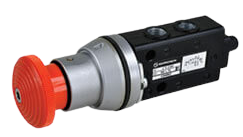
Emergency Stops
Operation and Applications
Switches use a diaphragm, piston or reed to mechanically alter an electrical circuit when a threshold is reached.
Common applications include setting sequential timers, checking pressure drops indicating filter clogging and automatically indexing machines between stages.
Together with programmable controllers, switches allow fully automated processes responding to dynamic conditions.
They provide flexible and low-cost sensing for presence detection, tank level monitoring and process fault indication compared to more complex individual sensors.
Properly applied pneumatic switches optimise automation by triggering control functions based on real-time system parameters.
Pneumatics Performance To Improve Your Process Automation Applications
Some key advantages of pneumatic solutions include its clean operation suitable for many environments, cost-effectiveness, energy-efficiency relative to hydraulics, easy controllability and flexibility.
Maintenance of pneumatic systems largely involves lubrication and Filter/Regulator/Lubricator maintenance to keep them running smoothly.

